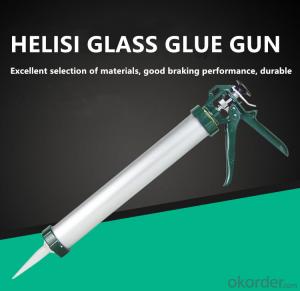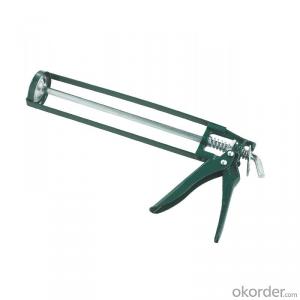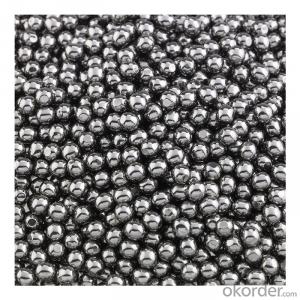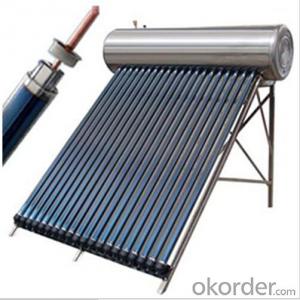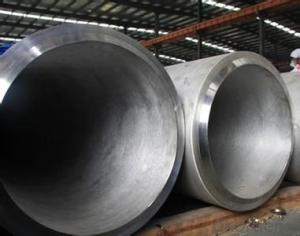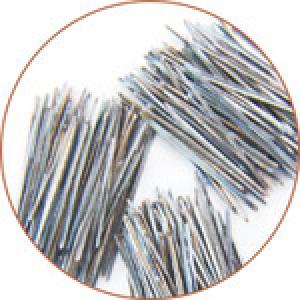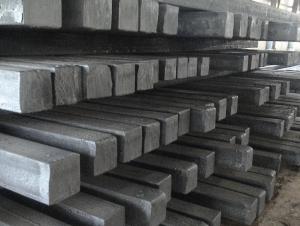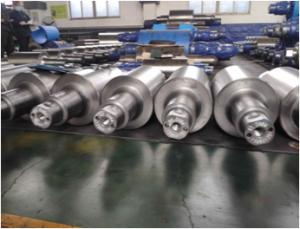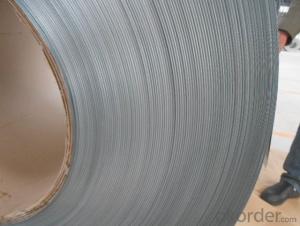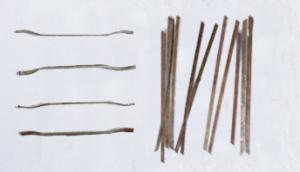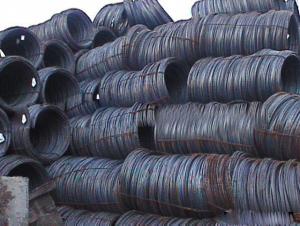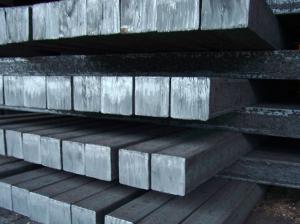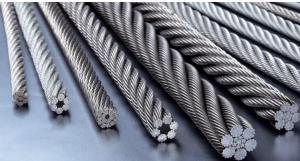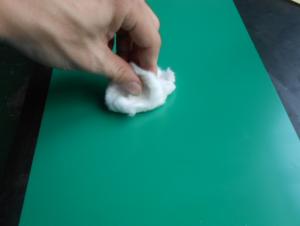Stainless Steel Gun
Stainless Steel Gun Related Searches
Best Paint For Stainless Steel Blanket Insulation For Steel Buildings Primer For Galvanized Steel Foam Filter For Stainless Steel H S Code For Stainless Steel Surface Grinding Wheels For Stainless Steel Surface Grinding Wheels For Hardened Steel Hole Saw For Stainless Steel Paint For Stainless Steel Stainless Steel For BbqHot Searches
High Mast Light Price List Solar High Mast Light Specification Philips High Mast Lighting Price List Bajaj High Mast Lighting Price List High Mast Light Specification High Mast Tower Specification High Pressure Laminate Supplier Philippines High Mast Lighting Suppliers South Africa Wholesale Glue Gun Price Philippines Cost To Waterproof A Basement Best Grinder To Buy Best Nuts To Buy Best Place To Buy Flashlights Cost To Install Frp Panels I Want To Buy A House Cost To Hire Scaffolding Cheapest Place To Buy Plywood Medical Supply Store Close To Me Cost To Aerate Lawn Cheapest Place To Buy KeroseneStainless Steel Gun Supplier & Manufacturer from China
Okorder.com is a professional Stainless Steel Gun supplier & manufacturer, offers integrated one-stop services including real-time quoting and online cargo tracking. We are funded by CNBM Group, a Fortune 500 enterprise and the largest Stainless Steel Gun firm in China.Hot Products
FAQ
- There are several types of steel tanks used in the food processing industry. Some common ones include stainless steel tanks, carbon steel tanks, and alloy steel tanks. Stainless steel tanks are highly preferred due to their corrosion resistance and hygienic properties. They are suitable for storing and processing various food products such as dairy, beverages, and sauces. Carbon steel tanks, on the other hand, are cost-effective and durable but require proper coating to prevent corrosion. They are commonly used for bulk storage of dry food ingredients like grains, flour, and sugar. Alloy steel tanks offer enhanced strength and resistance to high temperatures. They are often utilized in food processing operations that involve heat treatment, such as cooking, sterilization, and pasteurization. Overall, the choice of steel tank depends on the specific requirements of the food processing industry, including the type of food being processed, storage capacity, and the necessary sanitary standards.
- In the aerospace industry, there are several types of steel sheets that are commonly used. Some of these include: 1. Stainless Steel Sheets: These sheets are highly resistant to corrosion, making them ideal for parts that are exposed to high humidity or extreme temperatures. They are commonly used in aircraft structures, engine components, and exhaust systems. 2. Carbon Steel Sheets: Carbon steel sheets are known for their strength and durability. They are often used in the manufacturing of landing gears, wing spars, and structural components where high strength is required. 3. Alloy Steel Sheets: Alloy steel sheets are made by adding various elements to carbon steel, such as nickel, chromium, or molybdenum. These additions enhance the strength, toughness, and heat resistance of the steel. They are commonly used in critical aerospace components like turbine blades, shafts, and fasteners. 4. Tool Steel Sheets: Tool steel sheets are specifically designed for their exceptional hardness, wear resistance, and ability to retain their shape at high temperatures. These sheets are commonly used in the production of cutting tools, dies, and molds in the aerospace industry. Overall, the different types of steel sheets used in the aerospace industry offer a range of properties and characteristics that are crucial for various applications, ensuring the structural integrity, durability, and performance of aircraft components.
- Steel tubing is commonly used in the manufacturing of automobile exhaust systems due to its durability, heat resistance, and ability to withstand high temperatures. It is used to create the exhaust pipes, which transport the exhaust gases from the engine to the rear of the vehicle. Additionally, steel tubing is also utilized for the construction of various components within the exhaust system, such as mufflers and catalytic converters, to ensure proper functioning and longevity of the system.
- Steel is commonly used in the production of medical equipment due to its strength, durability, and resistance to corrosion. It is utilized in various medical instruments, such as surgical tools, implants, and prosthetics, to ensure their longevity and reliability during procedures and treatments. Additionally, stainless steel, a type of steel with high resistance to rust and stains, is commonly used in medical equipment as it can be easily sterilized, making it suitable for maintaining a clean and hygienic environment in healthcare settings.
- The common welding techniques used for steel include shielded metal arc welding (SMAW), gas metal arc welding (GMAW), flux-cored arc welding (FCAW), and gas tungsten arc welding (GTAW).
- There are several different types of steel gratings and stair treads available, including welded steel gratings, press-locked steel gratings, and swage-locked steel gratings. Welded steel gratings are made by welding steel bars together to form a strong and durable grid structure. Press-locked steel gratings have interlocking sections that are mechanically locked together, providing a secure and stable surface. Swage-locked steel gratings are manufactured by permanently attaching cross bars to bearing bars through a swaging process, resulting in a high-strength and aesthetically pleasing grating. Stair treads can be customized to fit different applications, and they often come with various nosing options for added safety and stability.
- Steel products contribute to the retail and commercial sector by providing durable and versatile materials for construction, manufacturing, and display purposes. From steel shelving units and storage racks to shop fittings and display stands, these products offer strength, stability, and longevity, ensuring the efficient organization and presentation of merchandise in retail stores. Additionally, steel is commonly used in commercial buildings, such as malls and office complexes, for its structural integrity, fire resistance, and aesthetic appeal. Overall, steel products are essential in enhancing the functionality, safety, and visual appeal of retail and commercial spaces.
- Steel is made through a process called the basic oxygen furnace (BOF) or the electric arc furnace (EAF). In the BOF method, iron ore is melted with scrap metal and limestone in a furnace, then oxygen is blown through the mixture to remove impurities. The resulting molten iron is mixed with alloying elements like carbon, manganese, and chromium to create different grades of steel. Alternatively, in the EAF method, recycled steel is melted using an electric arc. Once the steel is produced, it goes through various processing steps to create different steel products. These steps may include casting the molten steel into forms like slabs, billets, or blooms, which are then hot-rolled or cold-rolled into sheets, bars, or coils. Additional processes like tempering, annealing, galvanizing, or coating may be applied to enhance the steel's properties or protect it against corrosion. Finally, the steel products are cut, shaped, and finished to meet the specific requirements of industries such as construction, automotive, or manufacturing.

